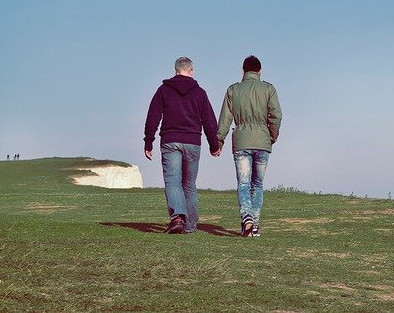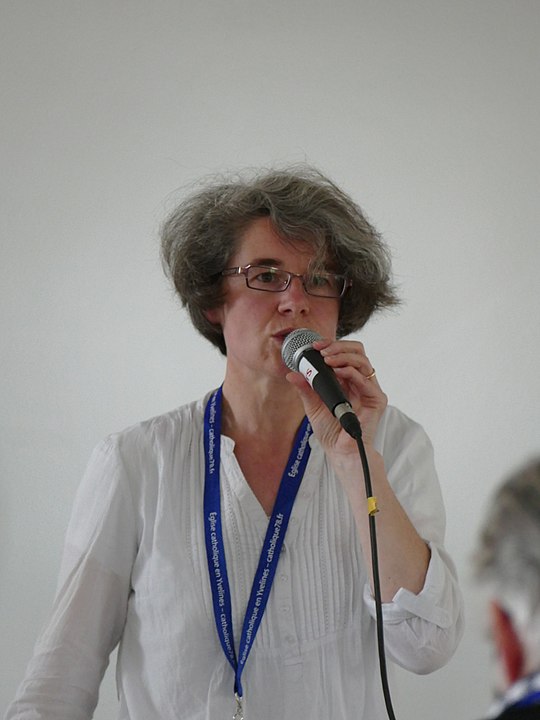We Are Church International decries the latest Vatican statement declaring, “the Church does not have, and cannot have, the power to give the blessing to unions of persons of the same sex.”

We have been heartened by our Pope’s statements about the importance of love, of families, of reaching out to those at the periphery and are surprised and deeply discouraged to learn that Pope Francis has endorsed this rigid, unpastoral and totally un-Christian statement written by Cardinal Luis Ladaria at the Congregation for the Doctrine of the Faith.
Blessings of LGBTQ couples have been taking place for decades. This Vatican statement will boost and not diminish these blessings. In 29 countries same sex marriage is legal. This is a testament to the rising understanding of people around the world, including Roman Catholics, about the validity and the gift of same sex marriage in our societies. As Francis DeBernardo of New Ways Ministry says “the toothpaste is out of the tube and it can’t be put back inside.”
The message is not only heartless but shows a complete lack of responsibility. Seventy-one countries still criminalise homosexual activity. Tragically, these countries will take encouragement from this un-Christian statement. The statement endorsed by Pope Francis will lead to renewed attacks on LGBTQ people. Lives will be lost and suicides will increase.
God loves LGBTQ couples and families. God will continue to bless LGBTQ couples and families, even if some churchmen in the Vatican think otherwise.
Colm Holmes
Chair, We Are Church International
E
M +353 86 606 3636
W www.we-are-church.org
******
We Are Church International (WAC) founded in Rome in 1996, is a global coalition of national church reform groups. It is committed to the renewal of the Roman Catholic Church based on the Second Vatican Council (1962-1965) and the theological spirit developed from it.
See also
#####
The Wijngaards Institute have published a very interesting Statement on the Etrhics of Free and Faithful Same-Sex Relationships.
One of their conclusions is: There are no grounds, either from the sciences or from the Bible, to support current Catholic teaching that each and every act of sexual intercourse has a procreative significance and finality... Over 60 theologians from around the world have endorsed the Summary of Findings and Recommendations.
The Statement is available in 10 languages.
Here is a link to this important Statement:
#####
Un obispo acusa al Vaticano de traicionar el Sínodo de la Familia por negar las bendiciones gays
#####
Stellungnahme zum „Responsum“ der Glaubenskongregation
#####


 To celebrate International Women’s Day we offer a Prayer and video for the full Equality of Women in the Catholic Church.
To celebrate International Women’s Day we offer a Prayer and video for the full Equality of Women in the Catholic Church.
